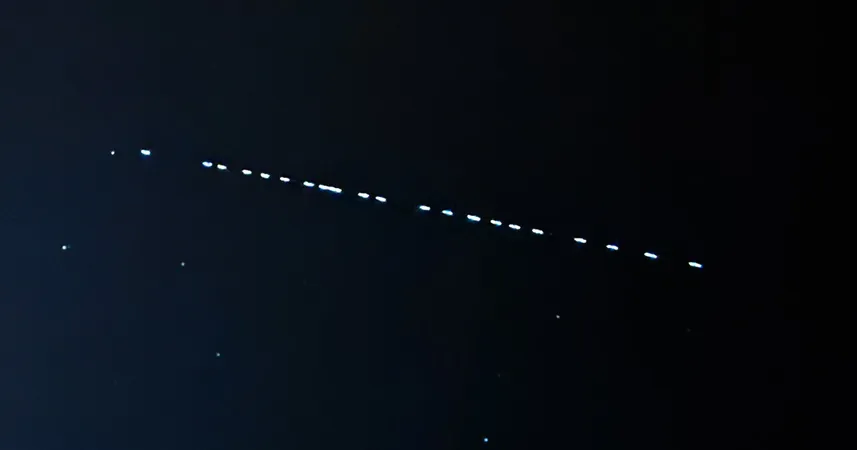
Astronomers Demand Halt to SpaceX Starlink Launches Over Environmental Concerns
2024-11-07
Author: Emily
The Call for Caution
These scientists believe a pause is essential until a thorough evaluation of the risks associated with deploying thousands of satellites can be completed. They criticize the FCC for failing to include mega-constellations in the environmental review process, which they deem crucial for understanding the implications of such expansive space projects.
“Artificial satellites, even those that are not visible to the naked eye, can obstruct critical astronomical observations necessary for detecting asteroids and expanding our knowledge about the cosmos,” warned Robert McMillan, an astronomer at the University of Arizona and one of the letter's signatories. He emphasized, “The potentially long-term environmental harms of deploying tens of thousands of satellites are still unclear.”
A Surge in Satellites
Currently, there are over 9,000 active satellites orbiting Earth, with SpaceX's Starlink alone accounting for more than half of this total, boasting approximately 6,500 functional spacecraft as of now. This rapid increase is staggering, especially given that SpaceX only began launching its satellites in 2019. In contrast, throughout the entirety of human space exploration prior to this boom, only about 19,500 satellites had been deployed into orbit, according to data from the European Space Agency.
Astronomers have expressed growing frustration with this fast-paced development, stating that the bright light from these constellations is significantly impeding their ability to observe astronomical phenomena. Additionally, there is emerging evidence that radiation from onboard satellite electronics may disrupt radio telescopes, undermining our capacity to explore the furthest corners of the universe.
Environmental and Safety Risks Looming
The threat of space debris is another serious concern that cannot be ignored. The increasing volume of space junk in low Earth orbit was already a pressing issue before the rise of mega-constellations, which have only intensified the problem. This clutter not only poses risks for operational spacecraft but also raises alarms about the potential pollution these satellites could introduce as they re-enter the atmosphere and burn up.
The Federal Aviation Administration has raised further safety concerns, stating that falling satellites could potentially cause harm to people on the ground. Alarmingly, we may be underestimating the number of debris fragments that survive re-entry, as many satellite components designed to incinerate upon atmospheric entry are instead hurtling toward Earth.
“The speed at which the space industry is advancing has outpaced public understanding and regulatory frameworks,” Lucas Gutterman, director of the nonprofit Public Interest Research Group and a key figure behind the letter, expressed to Space.com. “The gravity and urgency of the new space race should be a topic of household discussion, rather than a niche conversation among industry experts.”
Looking Ahead: The Future of Starlink
In light of these developments, Elon Musk has announced plans for next-generation Starlink satellites, asserting they will be so large that they will require launches aboard the newly designed Starship rocket. As the debate surrounding megaconstellations continues to heat up, the balance between technological advancement and environmental stewardship remains a pivotal topic for future discussions about space exploration.
Stay tuned as we continue to follow this story, as its implications could resonate for generations to come!

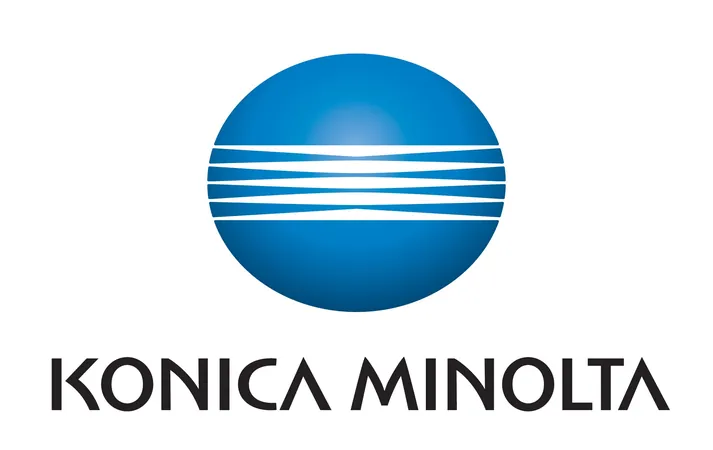

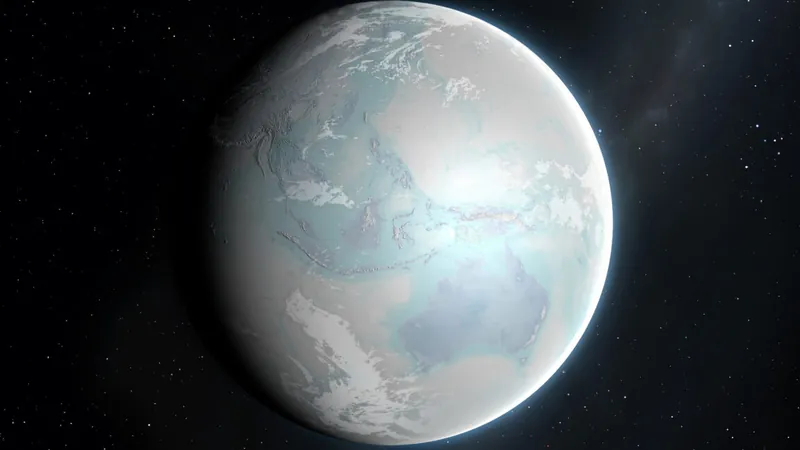


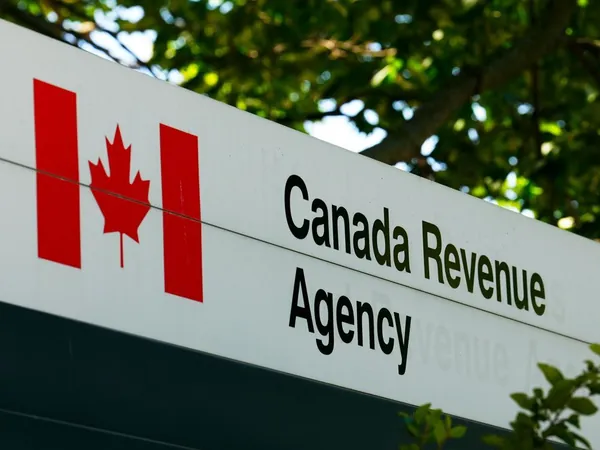
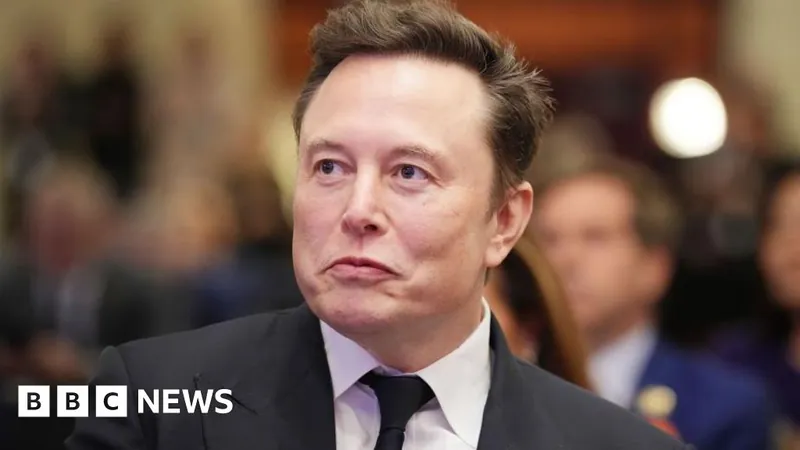

 Brasil (PT)
Brasil (PT)
 Canada (EN)
Canada (EN)
 Chile (ES)
Chile (ES)
 España (ES)
España (ES)
 France (FR)
France (FR)
 Hong Kong (EN)
Hong Kong (EN)
 Italia (IT)
Italia (IT)
 日本 (JA)
日本 (JA)
 Magyarország (HU)
Magyarország (HU)
 Norge (NO)
Norge (NO)
 Polska (PL)
Polska (PL)
 Schweiz (DE)
Schweiz (DE)
 Singapore (EN)
Singapore (EN)
 Sverige (SV)
Sverige (SV)
 Suomi (FI)
Suomi (FI)
 Türkiye (TR)
Türkiye (TR)